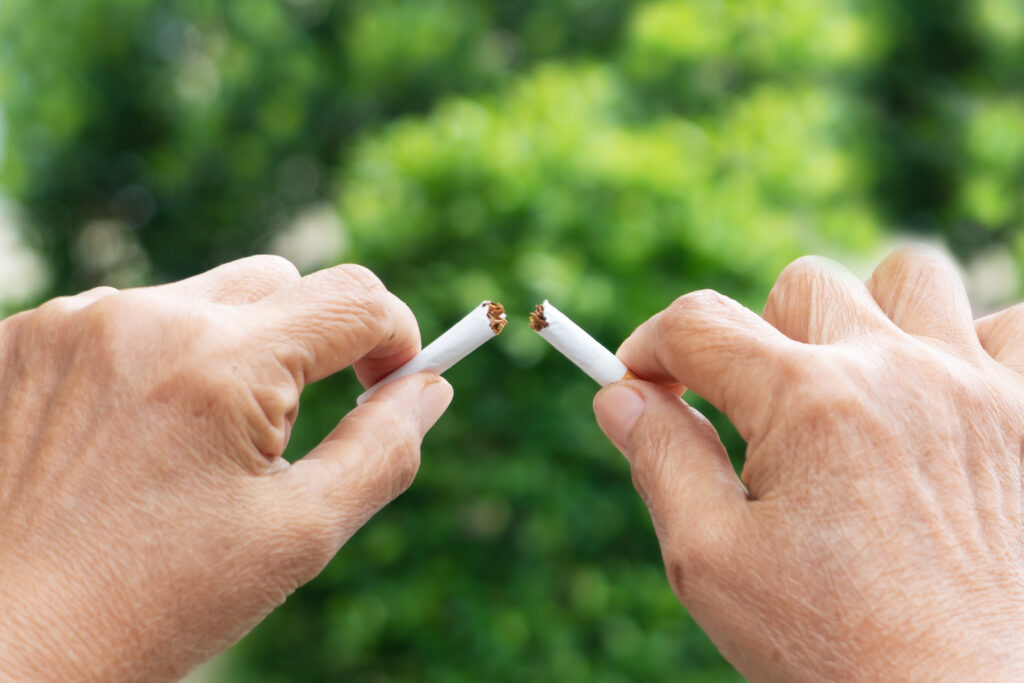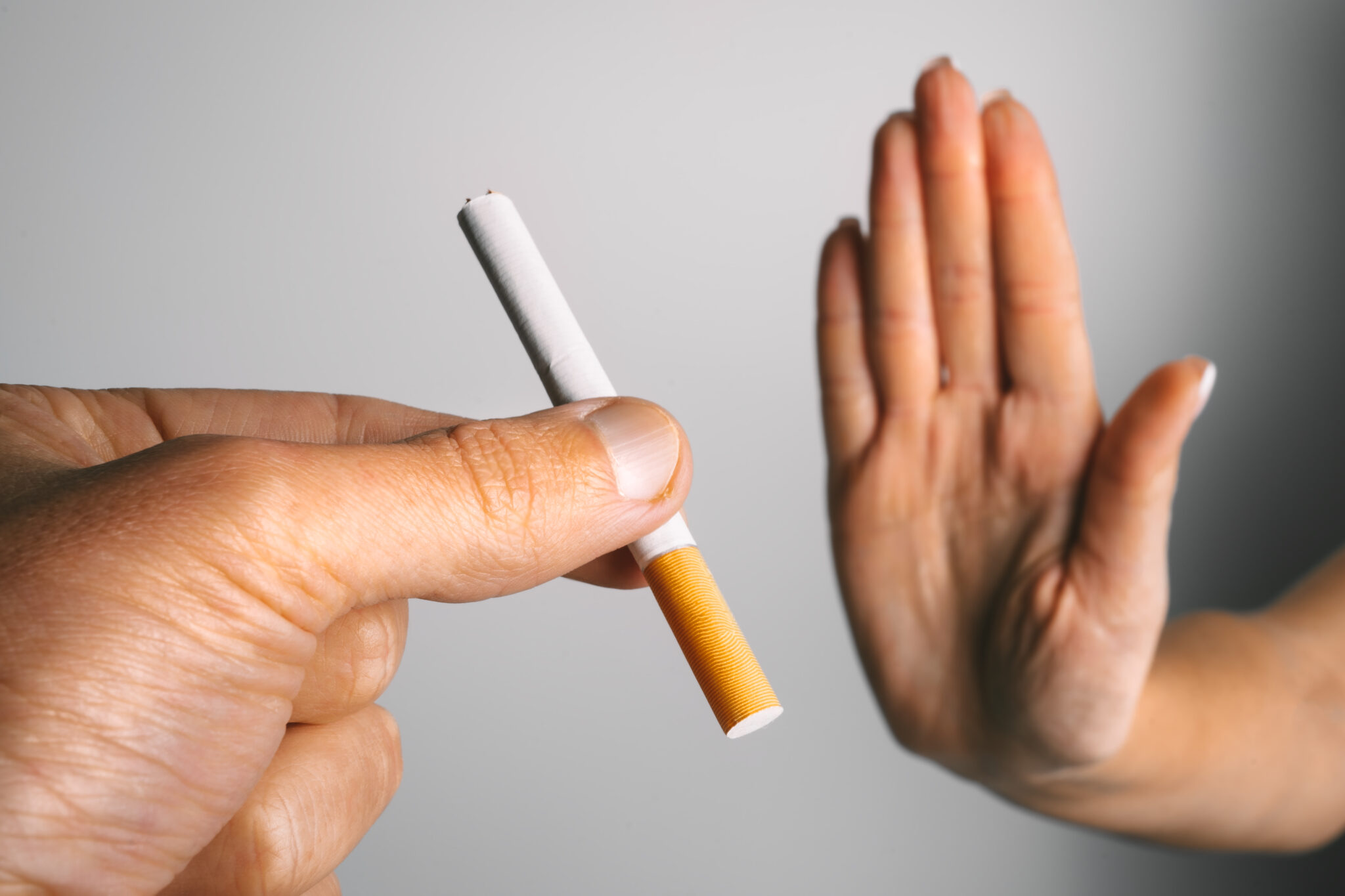Introduction
As we mark No Smoking Day, it’s crucial to spotlight the harsh realities of smoking. Despite awareness of its dangers, smoking remains prevalent, leading to devastating consequences. Let’s delve into how and why smoking’s harmful effects impact health and well-being with DrPro.
The Smoking Truth: How and Why It Harms

How Smoking Is Harmful
1) Damage to Respiratory System
Smoking damages the lungs and airways, leading to conditions such as chronic bronchitis, emphysema, and lung cancer. It also increases the risk of respiratory infections and exacerbates asthma symptoms.
2) Cancer Risk
Smoking is linked to various types of cancer, including lung, throat, mouth, bladder, and pancreatic cancer. The harmful chemicals in tobacco smoke can damage DNA and increase the likelihood of cancer development.
3) Harmful Effects on Reproductive Health
Smoking can have adverse effects on reproductive health, including reduced fertility, pregnancy complications, and increased risk of miscarriage, stillbirth, and preterm birth. It can also lead to birth defects and developmental issues in newborns.
4) Impact on Mental Health
Smoking is associated with an increased risk of mental health disorders such as depression, anxiety, and stress. Nicotine addiction can exacerbate mental health symptoms and make it harder to quit smoking.
5) Heartache from Heart Disease
Smoking is a major risk factor for heart disease, stroke, and peripheral vascular disease. It contributes to the narrowing and hardening of blood vessels, leading to reduced blood flow and increased risk of heart attacks and strokes.
Why Smoking Is Harmful
1) Addiction to Nicotine
Nicotine is a highly addictive substance found in tobacco products, making it challenging to quit smoking once addiction develops. Withdrawal symptoms such as cravings, irritability, and anxiety can make quitting difficult.
2) Harmful Chemicals
Tobacco smoke contains thousands of harmful chemicals, including carcinogens, toxins, and tar. These chemicals can cause widespread damage to organs and tissues throughout the body, contributing to various health problems.
3) Secondhand Smoke
Smoking doesn’t just harm the smoker; it also portrays risks to those exposed to secondhand smoke. Non-smokers who breathe in secondhand smoke are at increased risk of developing many of the same health conditions as smokers, including respiratory infections, heart disease, and lung cancer.
Conclusion
In conclusion, smoking’s harmful effects, with DrPro, affect both smokers and others. Quitting smoking is one of the most important steps individuals can take to improve their health and reduce their risk of serious health problems.
On No Smoking Day, let’s commit to raising awareness about the dangers of smoking and supporting efforts to help people quit for good.

